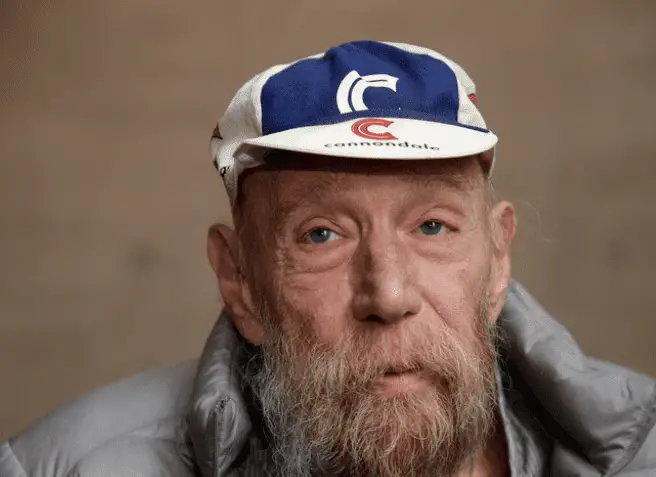Lawrence Weiner, one of the most important artists of the second half of the 20th century, died yesterday, Thursday, at the age of 79 for causes that are still unknown. Throughout his life, only he questioned the virtue for which he enjoys a pre-eminent place among the artistic currents today perfectly standardized, such as post-minimalism and its main derivation, the conceptual one. With Joseph Kosuth, Robert Barry and Douglas Hueber he joined the group presented in 1968 in New York by the dealer Seth Siegelaub, forming the first official generation of conceptual artists, demonstrating a great capacity for invention and strategies to undermine the strictest principles of the art. modern art, based on opticality, physical concreteness, and aesthetic autonomy. But Weiner never considered himself a conceptual artist. “That nickname doesn’t make any sense to me,” he used to say. “I imagine it was created by someone who wanted those works to distance themselves from other artists, but, Why not call me a sculptor? Or rather, a sculptor who works with words ”.
Born in New York in 1942, Weiner grew up in the South Bronx, where his parents ran a candy store. He studied Philosophy and Literature, hitchhiked across North America, and in San Francisco bonded with beat poets. “They were people who cared about human nature, they came face to face with their soul and against any authoritarian situation. That doesn’t exist now, ”he complained, referring to the events of recent years in his country. “When I told my mother that I wanted to be an artist, it broke her heart. He always believed that art was a profession only suitable for the rich, but for me, it was something else ”.
In his youth, he made a living from odd jobs, aboard oil tankers, and on unloading docks. Very soon he finds the impulse to change reality in the letters and posters of the big city. ”I read and read as I walk, and I love it. Perhaps that is why I decided that my works should be able to be read on the walls of a museum, not as something fixed but active ”. Hence his “Strategies” and “Declarations” are born, a kind of encrypted messages, slogans, and Dadaist, infantile sentences, which he calls “specific objects without specific form” that he writes in capital letters (“capital letters cancel any hierarchy between the letters and each word is presented as is to form a global set ”), signs (&) and characters (brackets and parentheses). Also poems: “There is a lot of space to dance on the head of a pin.”
From 1969 is his first and best-known declaration of intent: “1.-The artist can produce the work. 2.-The work can be manufactured. 3.-The work does not have to be done. Since each of these points is congruent with the artist’s decision, the decision on the state of the work rests with the recipient ”. It thus points out that it is the conditions in which the work is viewed (from a book to a billboard) and not the material aspect, which determines its status, to which both the producer (artist) and the owner/receiver contribute.
A man of indomitable vitality, he constantly and peremptorily needed the empirical reality (the relationships based between humans and objects) that he transformed into parallel realities, his works, which for decades were part of the programming of the most demanding museums and international events, such as the MoCA, the Whitney or the Documenta of Kassel. Given his nomadic nature (he lived between New York and Amsterdam, where he had an anchored ship called Jorna ), his work can be considered as a logbook where he drew or wrote his thoughts about the deceptiveness of the idea of ”horizon”, of how we perceive the ever-changing reality and how to generate a “liberating” flight.
He loved to travel to Spain, where he made numerous interventions. He admired Gaudí, Tàpies, and read Lorca’s verses repeatedly. In 2013, the Macba showed a retrospective of his drawings, Written in the Wind, and until recently in the atrium of the Barcelona museum his mural Some Objects of Desire (2004) was permanently exhibited, donated by the patron Plácido Arango. Barcelona has two more sculptures, Mistral (1996), placed on the avenue of the same name dedicated to the poet Frederic Mistral, and Forever & A Day, a sculpture bench located in front of the Mercat de Santa Caterina, produced by the ArtAids Foundation.
What makes Lawrence Weiner’s legacy more valuable and moving – and even more so in the face of the relentless hammer blow of contemporary art – is his audacity and obstinacy to emancipate the viewer from the work of art, in his dialectical game between the empirical reality of the day. a day (the word) and the abstraction of the institution/museum.

